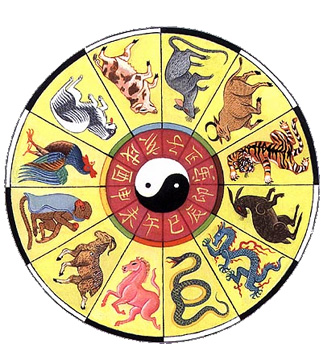
China is credited as being the initiator of the lunar calendar. Find out about the origins, development and modern usage of the Chinese lunar calendar.
Many people believe that the lunar calendar is something exclusive to the Chinese culture. On the contrary there have been a number of Asian cultures that have been making use of the lunar calendar for centuries. The Chinese lunar calendar is however taken as a major aspect of their culture and it is something that is still in practice today.
In actuality the Chinese lunar calendar draws upon certain elements from the solar calendar as well. Hence it can in its essence be termed as a lunisolar calendar. It is a measure of time that has existed for centuries in many different cultures but China is rightfully credited for being the first of the nations to put it to practical use.
Although the Chinese lunar calendar is still in use today when it comes to running every day affairs it is the universally accepted Gregorian calendar according to which the country functions. The use of the Chinese lunar calendar is solely restricted to marking important traditional events and holidays. The Chinese New Year, the Mid-Autumn festival and the Duan Wu Festivals are important traditional holidays that are still observed in accordance with the lunar calendar.
There is however another use of the lunar calendar that goes beyond the marking of important traditional events. The Chinese also make use of the calendar to calculate an auspicious date to hold a special event such as a marriage ceremony or starting up a new business. Furthermore the lunar calendar is also a measure for the different phases of the moon as the new month always begins with the new moon.
The locals and the lunar calendar
The lunar calendar is popularly referred to as the agricultural calendar by the locals. The Gregorian calendar however is termed as the common calendar because it is according to that which the locals conduct their routine affairs. The lunar calendar also goes by the name Yin calendar in traditional Chinese language. The solar calendar is but naturally considered to be the yang calendar in this respect. Both the calendars are also known as the old and the new calendar respectively.
According to the Chinese lunar calendar they are living in the 4706th year of the Earth Rat. It is called the year of the Earth Rat because the rat is the animal symbol assigned to the first of the years of the twelve year repetitive cycle of the calendar.
Practicality in question
The practicality of the lunar calendar stands in question with regards to its relevance to modern usage. The lunisolar calendar poses a number of hurdles when it comes to date marking when compared with the much easier to use Gregorian calendar. Furthermore the use of the Gregorian calendar coincides with the global trend which makes communication and functioning much more comprehensive than always having to calculate between the two.
In this respect we find the lunar calendar has lost its position for date marking and has totally been replaced by the Gregorian calendar. Nonetheless you will find most of the calendars that are printed in China to be displaying the dates derived from both the traditional lunar as well as the universally accepted Gregorian calendar.




